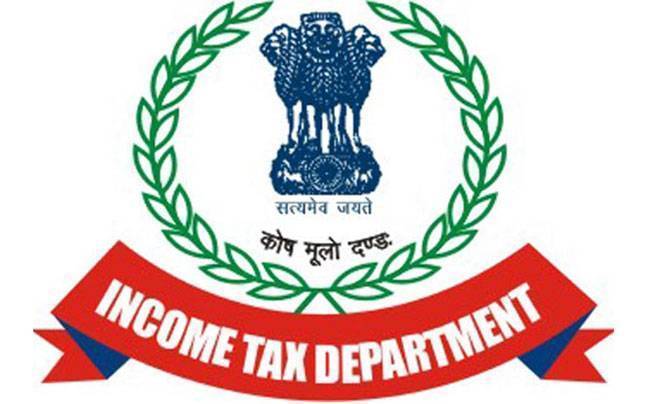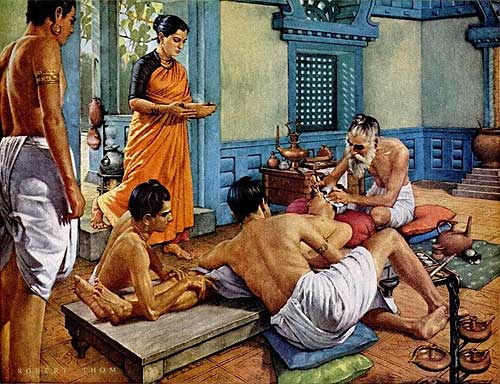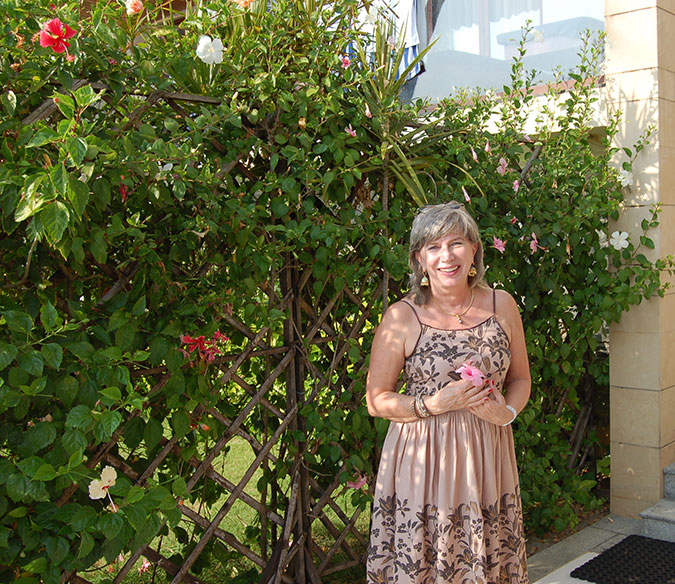Van Heusen continues its starlit association with Bollywood’s style diva Deepika Padukone
World Parkinson’s Day: Awareness is the key to fight this disease
Published on April 11, 2014
Parkinson’s disease affects 6.3 million people worldwide. Parkinson’s is a neurological condition or brain disease that is characterized by problems with body  movements. Parkinson’s is a disease which affects 1 in 10 persons above age 60 worldwide.
movements. Parkinson’s is a disease which affects 1 in 10 persons above age 60 worldwide.
This disease, which typically hits people past the age of 65, gradually strips away motor abilities, leaving them with a slow and awkward gait, rigid limbs, tremor, shuffling and a lack of balance. Medical experts are not yet certain what destroy these nerve cells or what causes some people to develop PD (Parkinson’s disease) and not others. However, PD is not an infectious disease and it is not contagious.
According to Dr. Pankaj Agarwal, Neurology, Global Hospitals, Mumbai, Parkinson’s is a growing disease with the number of cases growing every year. It’s a lifelong disease and there are many misconceptions surrounding this disease such as:
· All Parkinson’s patients are different. Not everyone will experience exactly the same Parkinson’s disease symptoms at the same time. The disease can affect everyone very differently and in some cases it may be many years before there is any disability or significant limitation of daily activities.
· There is no cure for Parkinson’s’ yet. A lot of research is going on, however It can only be controlled (and usually very well) with medication. Only if required, surgery is needed in the late stages.
· Surgery is not for everyone. There are side effects from surgery. It does not cure the disease, but will only allow better control of symptoms. Medication usually needs to be continued even after surgery.
· Stem Cell treatment is not advisable for Parkinson’s as its effectiveness and safety is unproven and it may even be harmful. One must be aware that many centers in Mumbai and elsewhere exist that advertise this as a cure, but this is usually for commercial gain.
Even though it is a lifelong disease, recent advances in medications in the last decade have allowed controlling symptoms in a better and safer way than previously. Surgical developments like DBS (Deep Brain Stimulation) (for selected patients only) have also come up in a big way.
This means that doctors and patients now have better control over the condition than ever before. Additionally, the following therapies can also help manage the symptoms such as Physical therapy helps mobility, flexibility and balance, occupational therapy helps with daily activities, speech therapy helps with voice control, exercise helps muscles and joints and improves overall health and well-being.
Raising awareness and early diagnosis about the disease is the need of the hour.
Source : Lokesh Shastri











